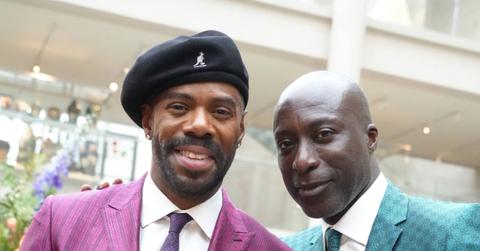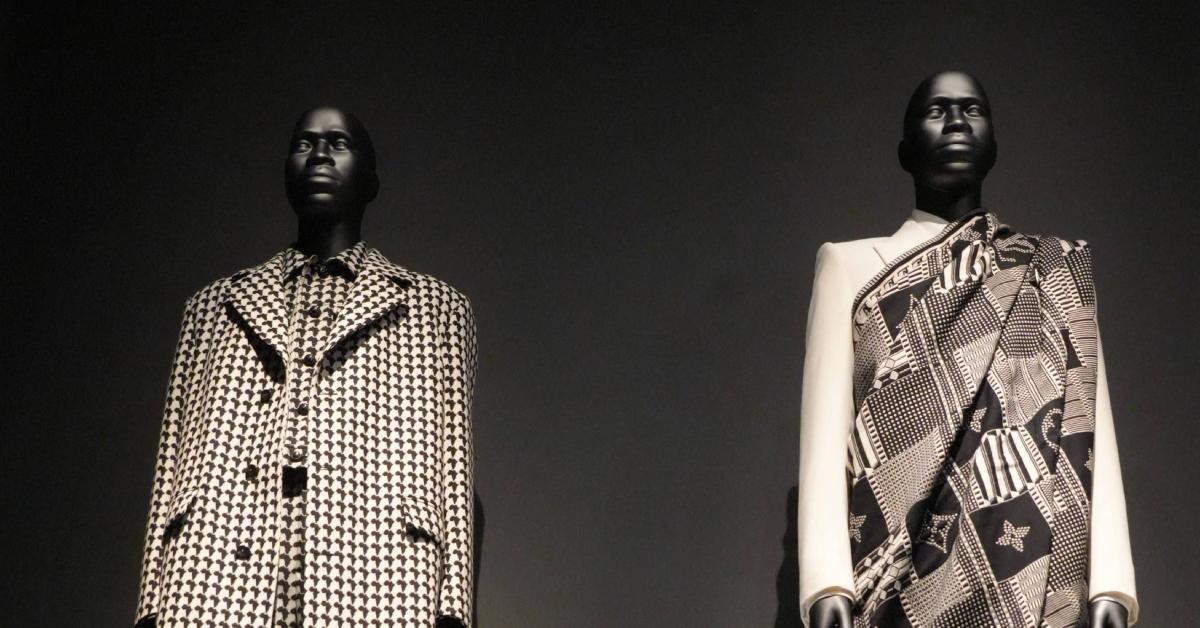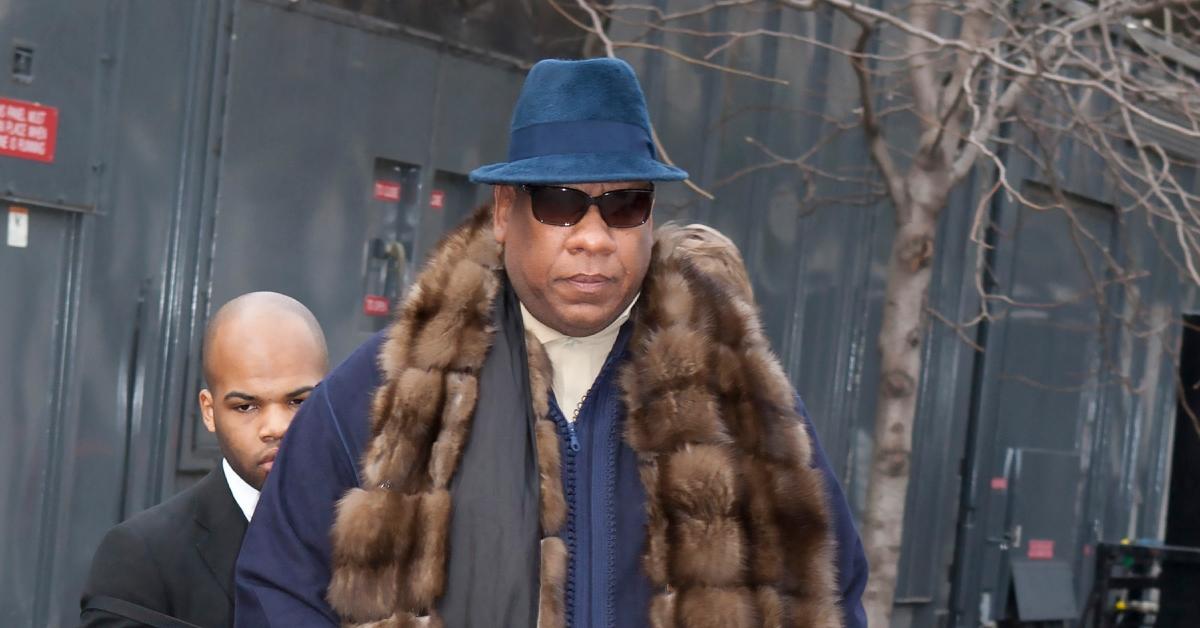Black Dandyism Is a Testament to Black Joy and Resistance Through Fashion
Black dandyism was at the forefront for the 2025 Met Gala theme.
Published May 5 2025, 6:15 p.m. ET

The late Coco Chanel once said, "Fashion is in the sky, in the street, fashion has to do with ideas, the way we live, what is happening." In Black culture, what we wear has always been a timestamp of what was happening.
From movements like Black Lives Matter, which released merchandise in conjunction with the movement that started in 2013 in response to the acquittal of Trayvon Martin's murderer, George Zimmerman, to Black people of various backgrounds dressing to reclaim their royalty at the 2018 Black Panther premiere, our style has long been part of our messaging. And, in 2025, the Met Gala realized that Black fashion is to be celebrated and never replicated.
The event paid homage to Black dandyism with its theme, "Superfine: Tailoring Black Style." But what does Black dandyism mean? Here's what to know.

What does Black Dandyism mean?
Black dandyism is a term that dates back to the 1700s. According to Vogue, its roots lie in "lie in the intricate weaving of Black culture with European-style fashion," and expanded in the post-Emancipation period and dominated the Harlem Renaissance. Per Monica L. Miller's book Slaves to Fashion: Black Dandyism and the Styling of Black Diasporic Identity (via USA Today), dandyism was implemented during slavery when slave owners dressed their slaves as a "dandified black servant" or "luxury slave" to flaunt their wealth.
Unsurprisingly, Black people during the post-Emancipation era reclaimed the act, with many Black men dressing up in tailored suits and hats to assert themselves in the world. They continued using their required look their own, making it known they were showing the world their power against the limitations put on Black people in society by bringing their personal style and flair for aesthetics to the forefront.
The sharp suit, the polished shoes, the bow tie—these were not just fashion choices; they were ways of asserting one’s right to exist on their own terms. In a racially segregated America, the Black dandy’s outfit became a form of resistance, an elegant middle finger to a society that sought to define them by race, not character.
Black dandyism continued throughout Black culture, with many prominent figures, being known for being dandys, including Frederick Douglass, Miles Davis, and Andre Leon Talley, according to Arizona State University professor Mitchell Jackson.

What is the theme for the Met Gala 2025?
2025's Met Gala theme paid homage to Black Dandyism and its evolution. While the roots of Black Dandyism are behind Black people in society to a degree, many celebrities like Andre 3000, Jidenna, and the 2025 Met Gala co-chair, Colman Domingo, are still keeping the trend alive.
The theme, "Superfine: Tailoring Black Style," celebrates the current and past looks Dandyism provided. In a behind-the-scenes video ahead of the event, Colman opened up about the significance of his role as co-chair and his personal love and connection with fashion.
"I'm recognizing that it means more to me than I even imagined," the actor said in a video shared by the Metropolitan Museum of Modern Art. "It's someone who's been creating art and spaces who has knowledge and history, who's always trying to interrogate who we are, and understanding who's come before."
"You walk into a space, and you get met with some items, some artists, some artisans, people who have defined and redefined themselves, especially when it comes to the Black male experience," he added.
Colman also said he hoped those watching the Met also focus on the monumental history of the event and was happy to add "my little part of it...my little droplet" to get others involved in taking a deeper dive into the history long after fashion's biggest night is over, especially after a stressful political year like 2025.